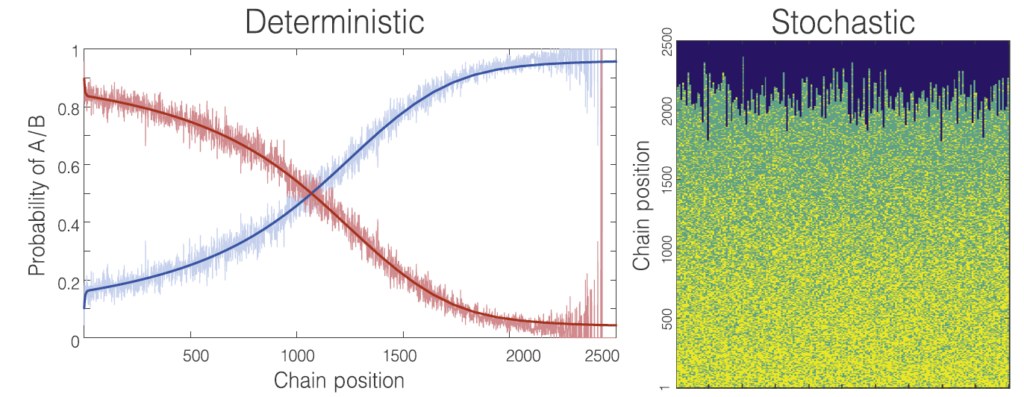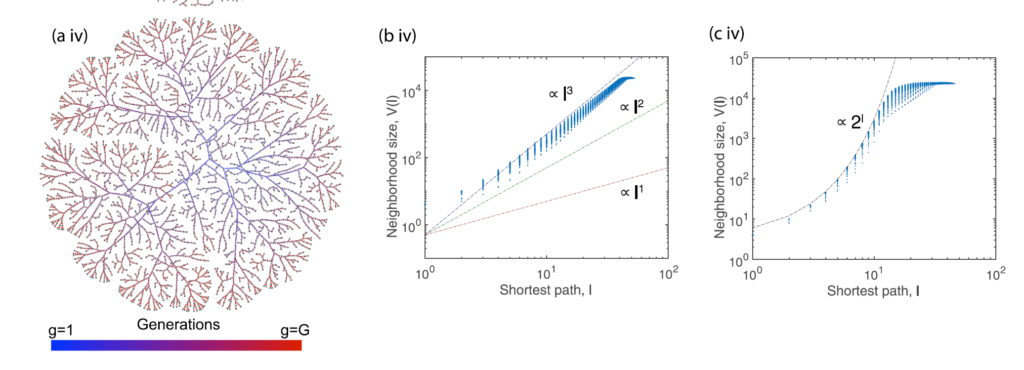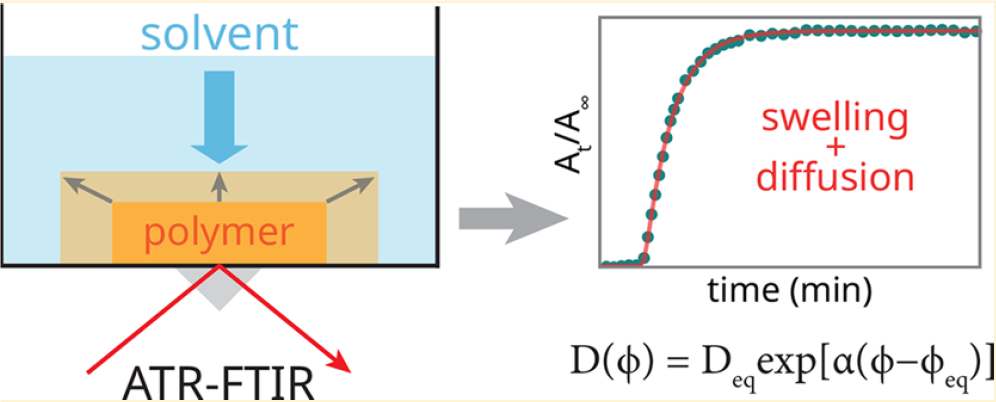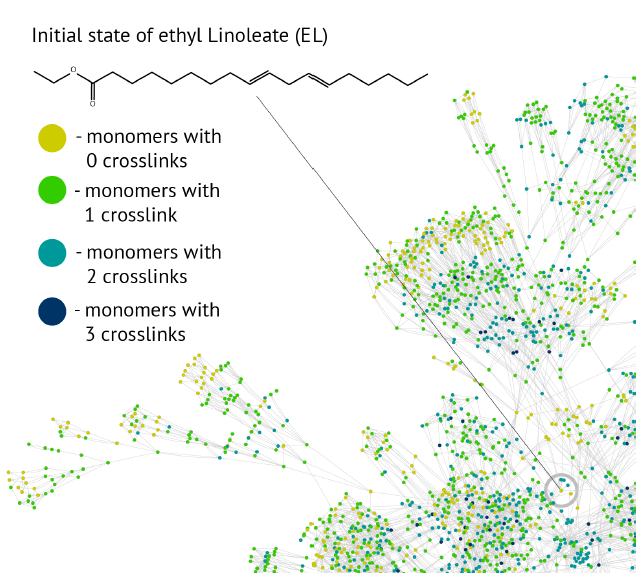
Prof. dr. P. Iedema
Polymer Chemistry and Computational Chemistry Group.
The group aims at fundamental understanding of chemical and physical processes in a wide range of polymer systems, from oil paint layers to industrially produced compounds, covering polymerization and long-term degradation. We take a macroscopic perspective using Chemical Engineering modeling tools to describe chemical kinetics and transport phenomena. The group collaborates with industries like Canon Production Printing Netherlands in Venlo, Sabic in Geleen, BASF in Ludwigshafen, but also with the Rijksmuseum and the Netherlands Institute for Conservation, Art and Science, NICAS. The Science for Arts activities of the group have an experimental component described elsewhere (https://hims.uva.nl/research/research-topics/chemistry-for-conservation-and-art).
Polymer synthesis, processing and degradation
This aims at predicting end use properties of polymers by elucidating microstructure as characterized by chain length distribution, type and numbers of branching, copolymer composition. Typical results nowadays attainable are radius of gyration and rheological properties predicted for industrial polymers like polyolefins and acrylates. We develop mathematical tools to deal with the combinatorial explosion of wide ranges of molecular sizes, degrees of branching, copolymer compositions.

Polymer networks
Modelling stochastic polymer networks is challenging since they are complex systems created starting from a non-percolating phase (a ‘liquid’ sol) and ending in a percolating phase (a ‘solid’ gel). While a classical molecular dynamics approach works fine for simple networks with a repetitive pattern, it often collapses with stochastic networks because of the inability of modelling in a reasonable time. Our approach to model polymer networks views the assembly of molecular networks from the perspective of evolving graph topology. This describes randomly fluctuating polymerization that from a very simple topology to a complicated interconnected structure.

Effect of volume growth model on network structure (Schamboeck, V., Kryven, I. & Iedema, P. D. Effect of volume growth on the percolation threshold in random directed acyclic graphs with a given degree distribution. Phys. Rev. E 101, (2020)).
Transport Phenomena
Swelling and diffusion of polymer films are studied in various applications. During the creation of thin acrylate films the process is disturbed by oxygen inhibition. Old paintings are cleaned using solvents, but the complex, multi-component diffusion and swelling of paint lay ers, possibly accompanied by metal-soap reactions are not well understood. Compartment modeling in combination with parameter estimation techniques is developed to find kinetic and diffusion parameters from experiments.

Determination of polymer concentration-dependent diffusion coefficient from ATR-FTIR data (Baij, L., Hermans, J. J., Keune, K. & Iedema, P. D. Time-Dependent ATR-FTIR Spectroscopic Studies on Solvent Diffusion and Film Swelling in Oil Paint Model Systems. Macromolecules 51, 7134–7144 (2018)).
Automated reaction network generation
We study computer algorithms as an aid for the discovery of complex reaction networks. Typically, in this class of problems, it is the complexity of data augmented by the combinatorial explosion of the number of choices that exceeds human performance, which is also the case for the reaction kinetics of, for instance, linseed oil polymerization, which forms the binding medium of oil paint. We develop an automated procedure using the hierarchy present in the chemical notation as a formal language operating with graphs as sentences and by viewing the reaction mechanisms as a graph grammar to build an algorithm that constructs the network of organic chemistry reactions.

Part of reaction network of Ethyl Linoleate (Orlova, Y., Gambardella, A. A., Harmon, R. E., Kryven, I. & Iedema, P. D. Finite representation of reaction kinetics in unbounded biopolymer structures. Chem. Eng. J. 126485 (2020)>